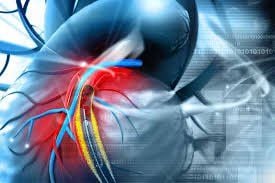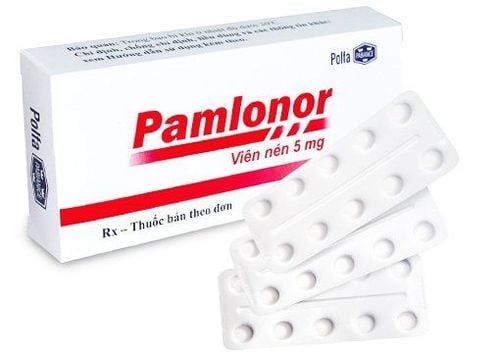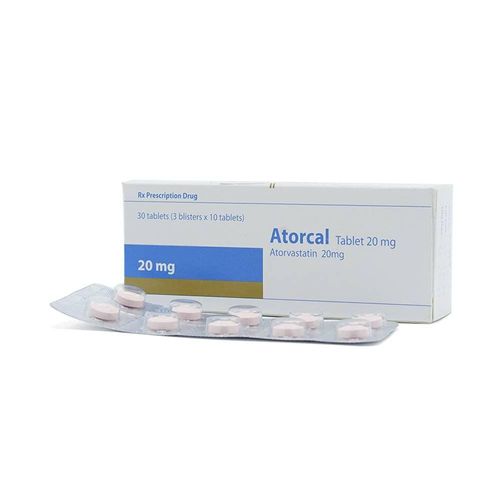This is an automatically translated article.
The article is written by Master, Doctor Nguyen Van Phong - Internal Medicine and Cardiovascular Interventionist, Cardiovascular Center - Vinmec Times City International General Hospital.One of the common causes of chest pain in adults is ischemic heart disease. This manifestation will be extremely dangerous if it is a symptom of acute myocardial infarction or unstable angina. Diagnosing and treating myocardial ischemia quickly and accurately will help reduce complications and mortality in patients.
1. Who is susceptible to ischemic heart disease?
Anyone can get ischemic heart disease, especially those with multiple risk factors: men over 45 years old, women over 55 years old, smoking habits, people with high blood pressure. blood pressure, diabetes, dyslipidemia, sedentary lifestyle, overweight and obesity, anxiety, stress in life or a family member with ischemic heart disease.
When suffering from ischemic heart disease, the patient often has symptoms such as body fatigue, chest tightness, as if there is a heavy stone, tight behind the sternum or left chest when exertion, when anxious. ..These symptoms usually decrease when the patient rests properly or takes medication for myocardial ischemia prescribed by the doctor.
2. Diagnosis of ischemic heart disease

Methods of diagnosis of ischemic heart disease include:
2.1 Electrocardiogram Electrocardiogram is the first mandatory method to diagnose coronary heart disease. Electrocardiography may show changes in the ST-T or Q-waves necrosis of an old myocardial infarction. If these changes change over time, the more valuable the diagnosis.
2.2 Stress ECG A resting ECG detects only 20-30% of coronary artery disease cases.
Stress electrocardiogram (by running mat or dynamometer): continuous ECG recording while the patient is exerting to detect abnormal changes in the electrocardiogram when the patient exerts force.
This measure can detect 60-70% of cases with coronary artery disease.
2.3 Echocardiography and stress echocardiography On echocardiography images can detect myocardial movement disorders: decreased movement, inactivity or paradoxical movement according to the coronary blood supply region .
In the case of normal echocardiography, exercise echocardiography with drugs (Dobutamin) or a bicycle dynamometer can be used, which are valuable measures for early detection of ischemic areas of myocardium.
2.4 Coronary computed tomography angiography Assess the coronary artery image, degree of stenosis, location of stenosis. However, if the coronary artery is highly calcified, the accuracy will decrease.
2.5 Catheter Coronary Angiography Transcatheter coronary angiography is the most accurate method, but it is an invasive, high-tech procedure.
The catheter will be inserted through the vascular line (radial or femoral artery) to the coronary angiogram to determine the exact extent of coronary artery stenosis. In some uncertain cases, additional advanced techniques can be used to accurately assess coronary injury: coronary reserve flow measurement (FFR) or intraluminal ultrasound (IVUS).
3. How to effectively treat myocardial ischemia
The goals of treatment for ischemic heart disease are coronary revascularization, symptom relief, and complications.
3.1 Change lifestyle Live in a fresh, quiet environment, limit stress, stress, emotions, balance between work and reasonable rest. Give up the habit of smoking and minimize the use of stimulants such as alcohol, beer, coffee... Limit eating cholesterol-rich foods and increase the use of green vegetables and foods rich in fiber. Increase physical activity. Well control blood pressure index, blood sugar index, limit sugar.

3.2 Medical treatment One of the ways to treat ischemic heart disease that is prescribed by doctors is the use of drugs that reduce myocardial oxygen consumption, vasodilatation, thereby reducing pain. angina, reducing the rate of myocardial infarction and mortality from cardiovascular disease.
Patients need to strictly comply with the doctor's instructions on time and dosage. Do not stop the drug on your own, as this may increase the frequency and severity of the symptoms of myocardial ischemia. In cases where it is necessary to discontinue the drug: consult a cardiologist.
In addition, patients also need periodic health check-ups at reputable and quality medical facilities to monitor their health status as well as disease progression.
3.3 Coronary revascularization When indicated, the patient will be carried out coronary angiography, from which, depending on coronary damage, doctors will recommend intervention (coronary stenting) or surgery. Patients will be consulted to choose the optimal treatment method suitable for themselves.
Heart Center - Vinmec Times City International General Hospital is one of the spearhead centers of Vinmec health system with great reputation in the field of medical treatment, surgery, interventional cardiac catheterization and application. Using the most advanced and most complete techniques in the diagnosis and treatment of cardiovascular diseases, including the diagnosis and treatment of myocardial ischemia.
Please dial HOTLINE for more information or register for an appointment HERE. Download MyVinmec app to make appointments faster and to manage your bookings easily.














